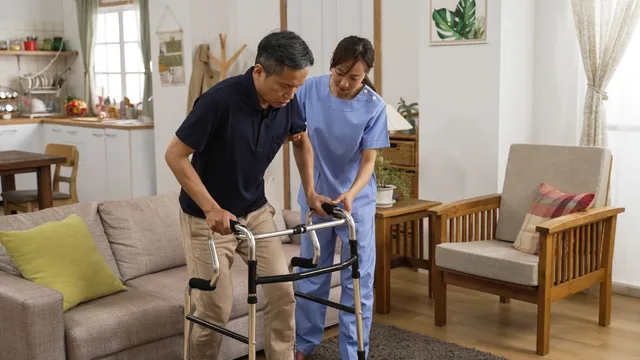- By Priyanka Munshi
- Tue, 29 Oct 2024 05:39 PM (IST)
- Source:JND
Stroke treatment is critical, as it can mean the difference between life, death, or severe disability. A stroke occurs when the blood flow to a part of the brain is interrupted, either due to a blockage (ischemic stroke) or bleeding (hemorrhagic stroke). This interruption deprives brain cells of oxygen and essential nutrients, causing them to start dying within minutes. Prompt treatment aims to restore blood flow as quickly as possible to prevent further brain damage. The sooner treatment begins, the greater the chances of recovery and regaining impaired functions like speech, movement, and memory.
In a conversation with Jagran English, Dr. Nitin Dange, Head of Department and Director of Interventional Neurology at Gleneagles Hospital, Parel, Mumbai, discussed the latest treatments for stroke. According to Dr. Nitin Dange, stroke is a medical emergency that requires immediate treatment for the best possible outcome. Stroke should not be treated at home or in a facility lacking diagnostic tools like a CT scan or MRI, or where specialists are unavailable. Stroke occurs when blood flow to the brain is restricted, often due to ischemic or hemorrhagic causes, potentially causing significant brain damage and impairing various bodily functions. Stroke is a serious condition affecting millions worldwide, including in India.
Many people fail to recognize early signs of stroke, delaying treatment and increasing the risk of severe complications such as paralysis, memory loss, vision problems, difficulty with speech or comprehension, loss of coordination, confusion, dysphagia, emotional changes, seizures, and even death. Timely intervention is crucial for brain health in stroke cases. If the patient reaches the hospital immediately, there are several treatments that can help minimize brain damage. Doctors typically perform brain imaging, like a CT scan or MRI, to diagnose and confirm the stroke before recommending an optimal treatment.
Treatment Options For Stroke:
Mechanical Thrombectomy: This minimally invasive procedure is commonly used for ischemic strokes, where blood clots block or restrict blood flow to the brain. A catheter is inserted into the blood vessels and guided to the brain to remove the clots, helping to restore blood flow. When performed promptly, this procedure can significantly reduce the risk of lifelong disability and complications.
Craniotomy: For hemorrhagic strokes, doctors may suggest a craniotomy, a surgical procedure where a part of the skull is removed to access the brain. This procedure relieves pressure caused by bleeding, and further brain damage can be prevented if the source of the bleeding is identified.
Thrombolysis: This medication dissolves blood clots restricting blood flow to the brain. The most commonly used thrombolytic agent is TPA (tissue plasminogen activator). For maximum effectiveness, TPA must be administered within the first few hours (up to 4.5 hours from the onset of symptoms) of a stroke.
Endovascular Therapy: This newer technique directly removes clots using devices like stent retrievers or aspiration catheters. Endovascular therapy is minimally invasive, which improves treatment effectiveness while reducing recovery time.
Rehabilitation: After surgical procedures, rehabilitation therapies become essential for recovery. Rehabilitation may include physiotherapy to improve mobility, occupational therapy, and speech therapy to help patients regain essential bodily functions they may have lost. This process also enhances the quality of life for stroke patients.

